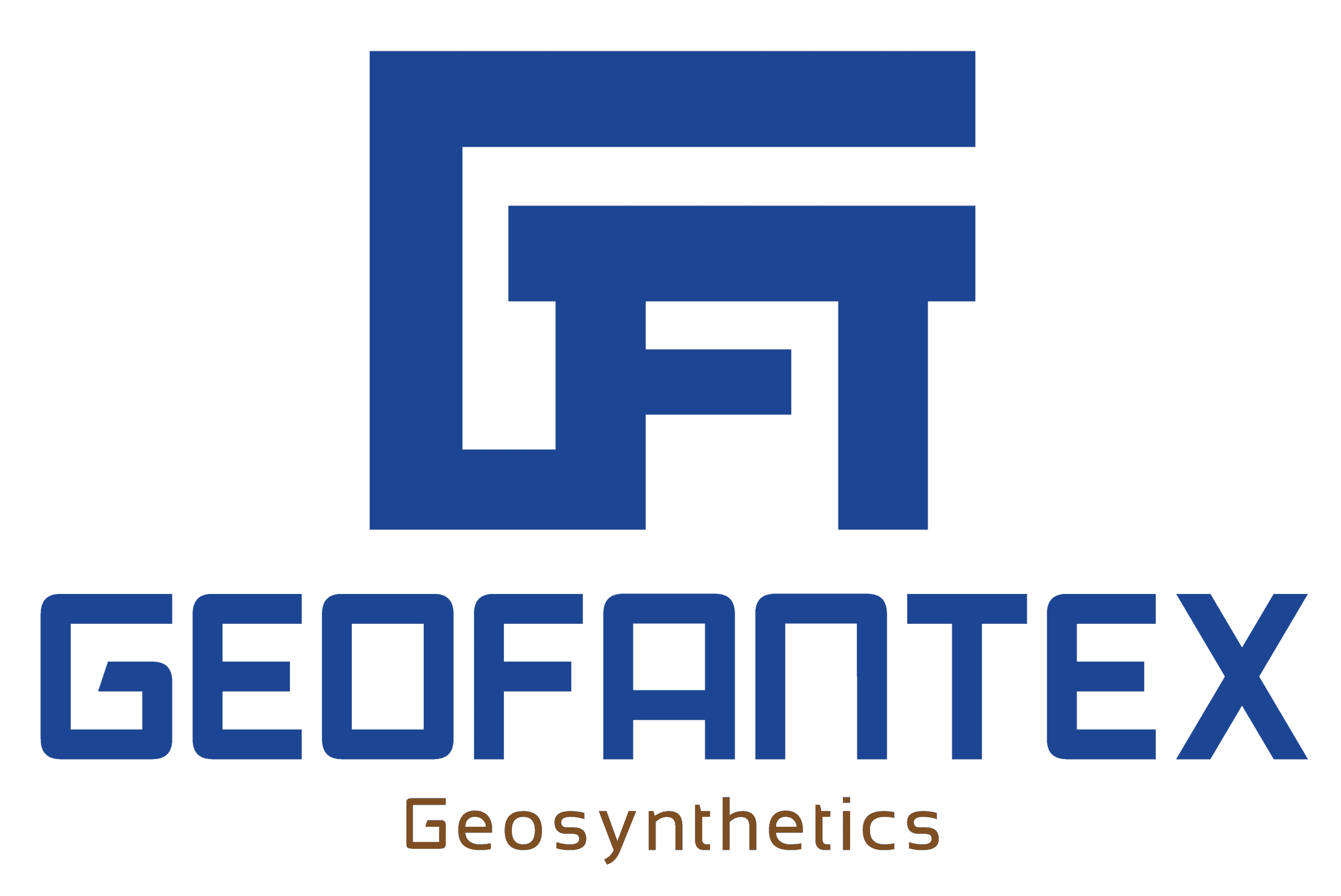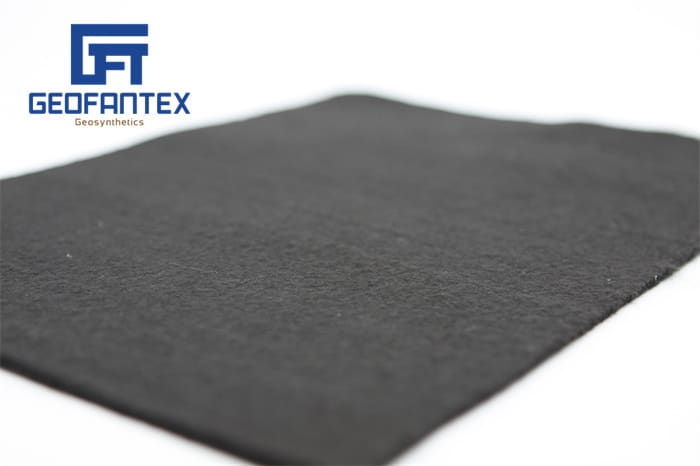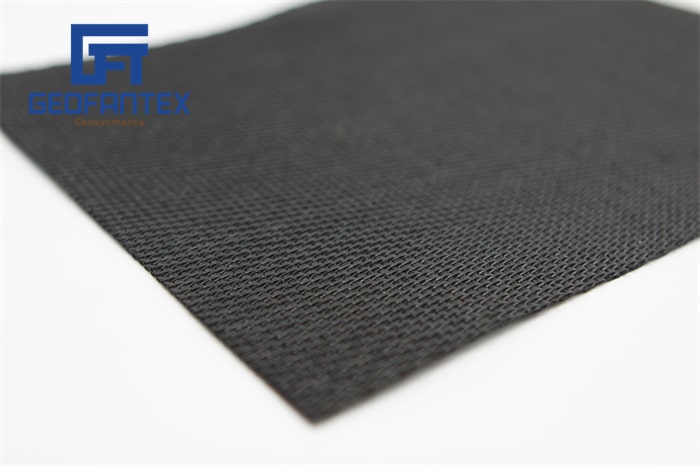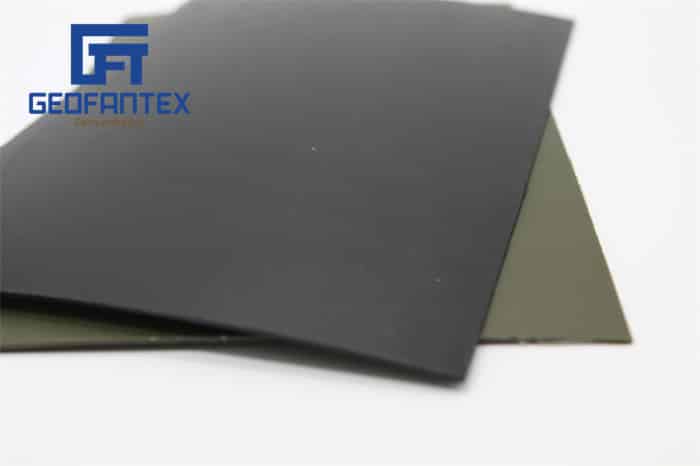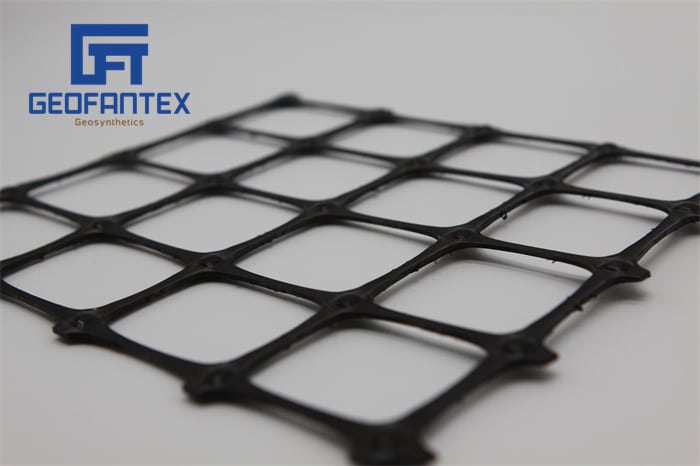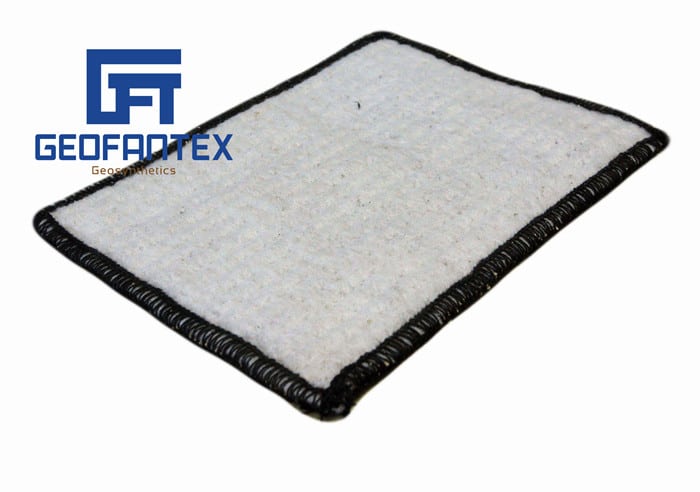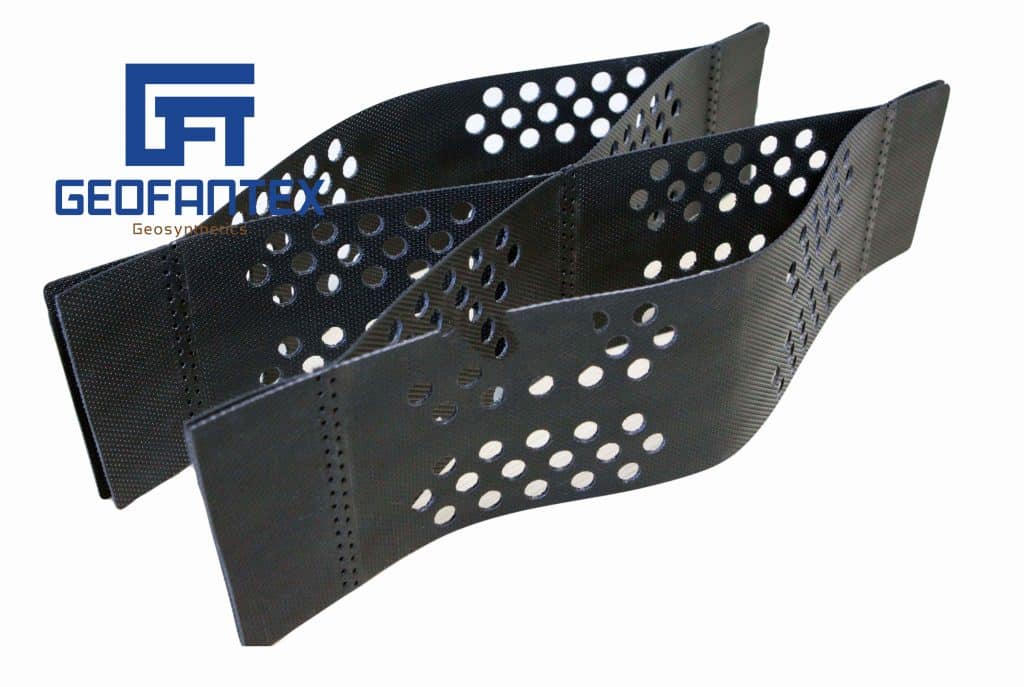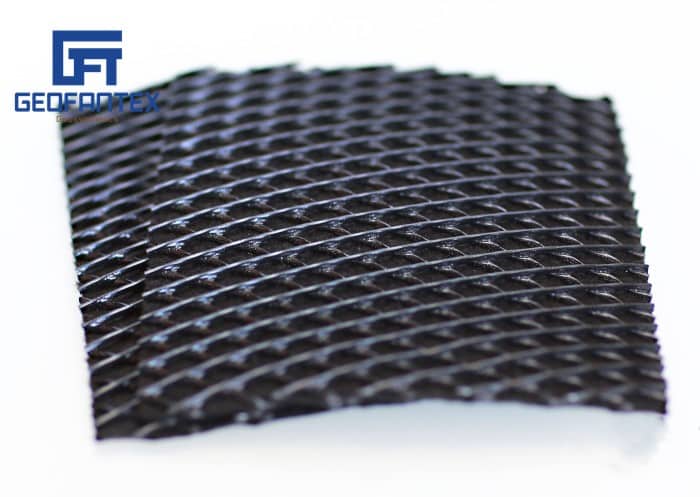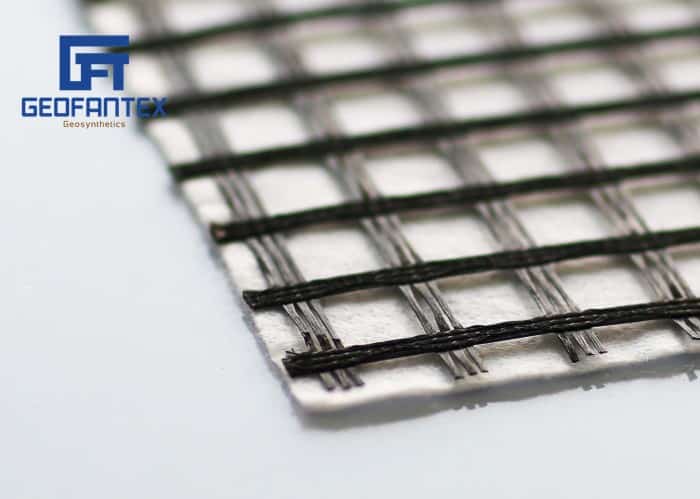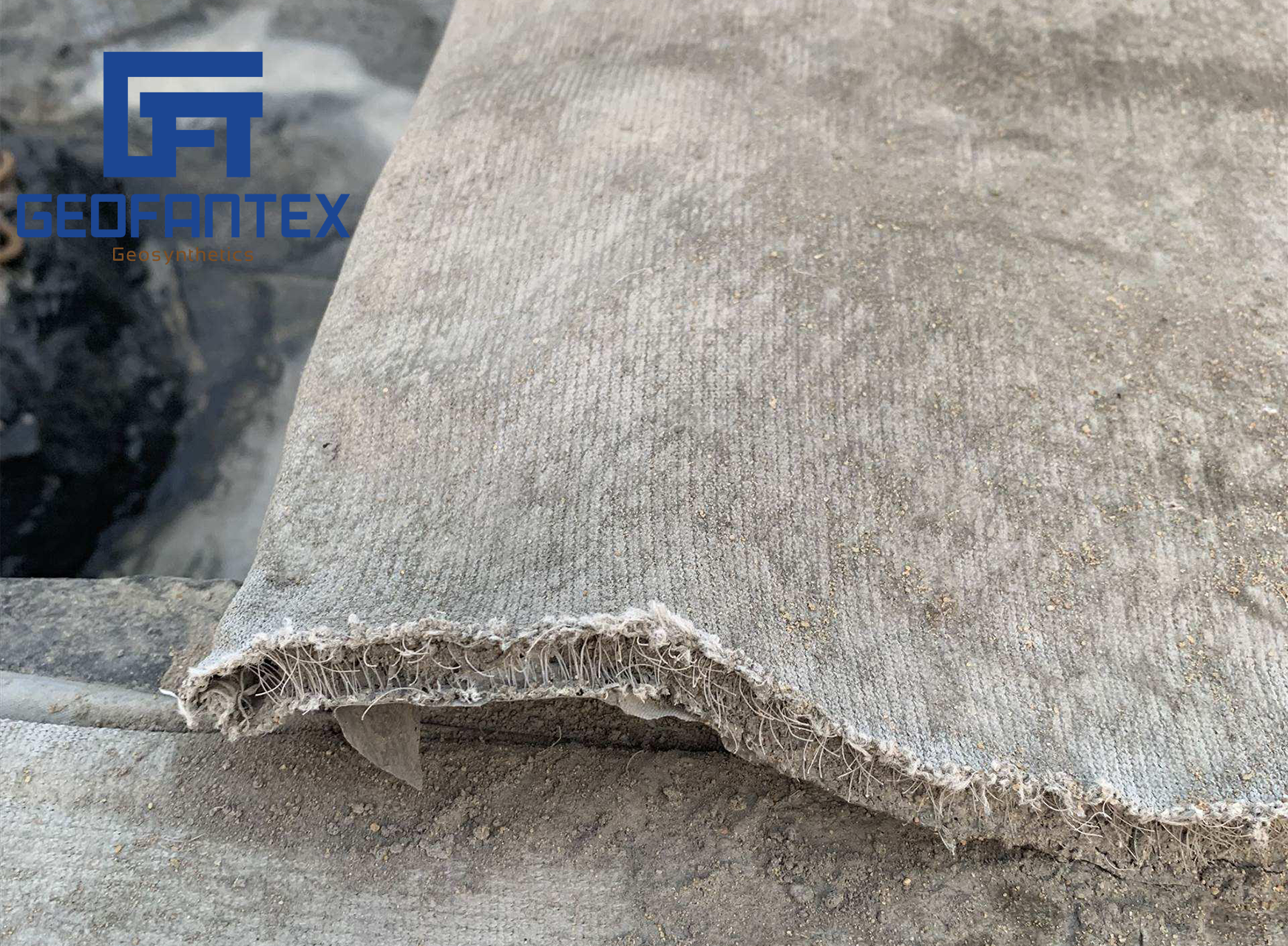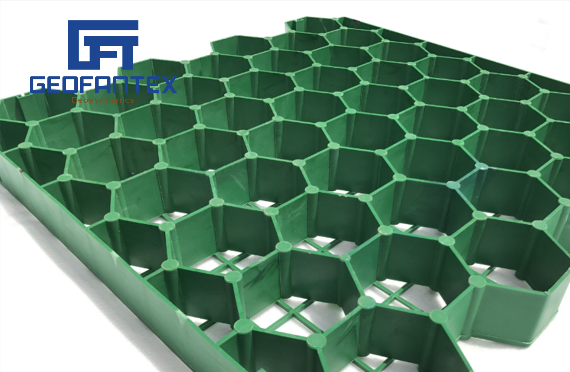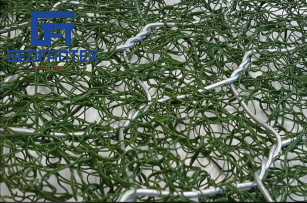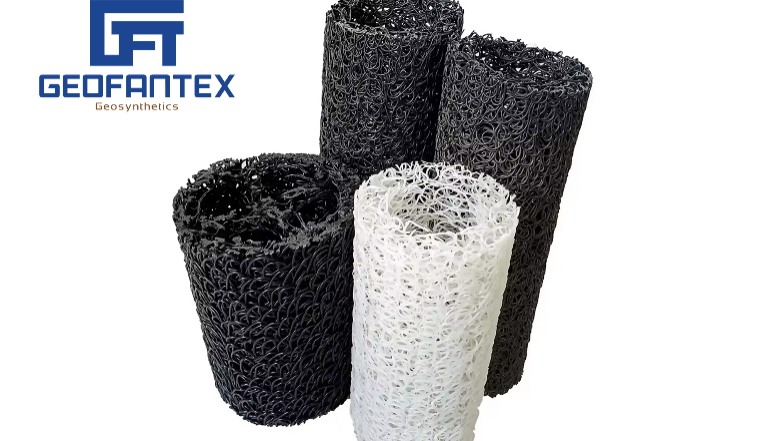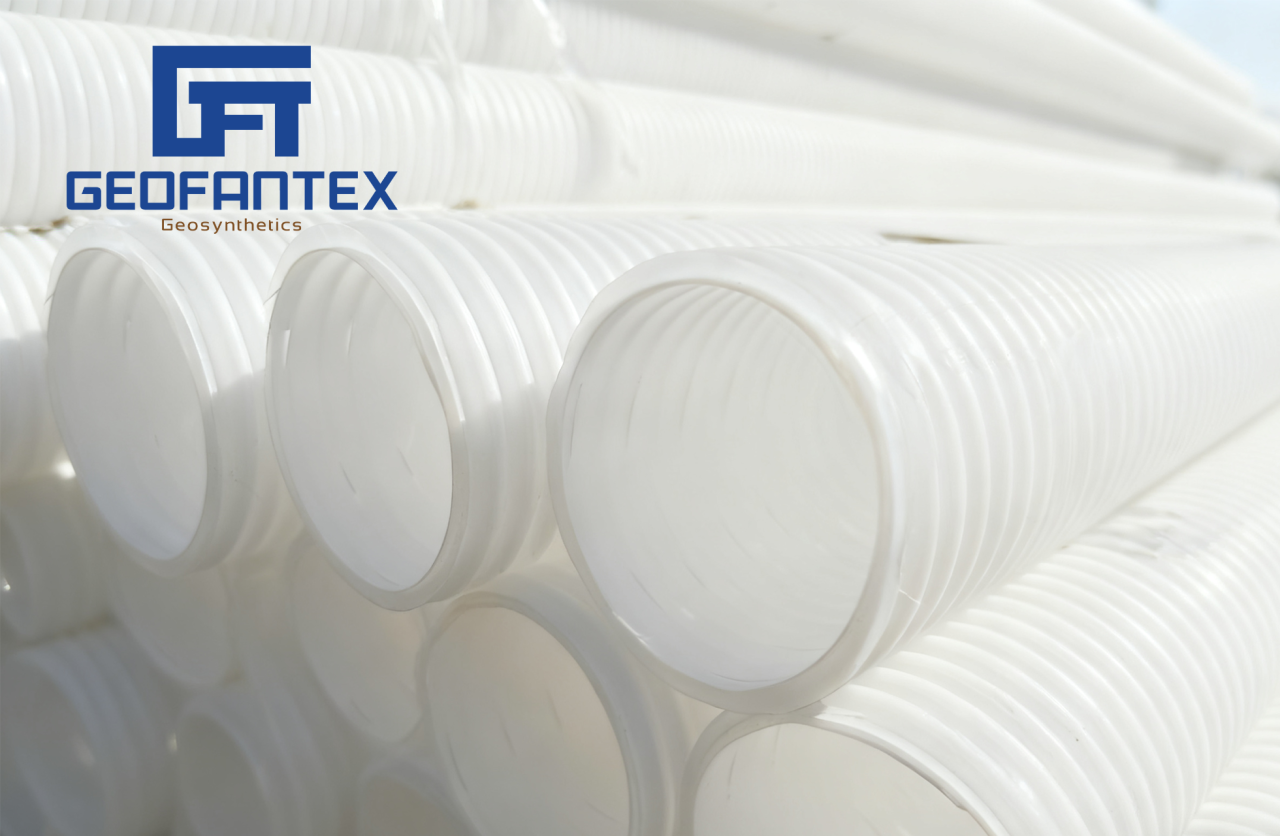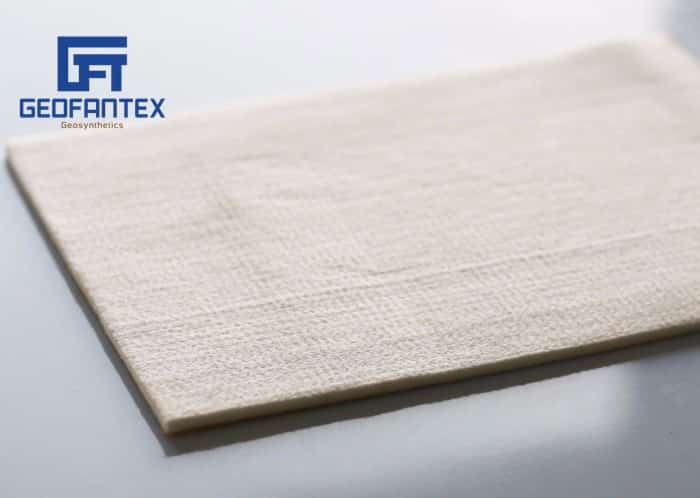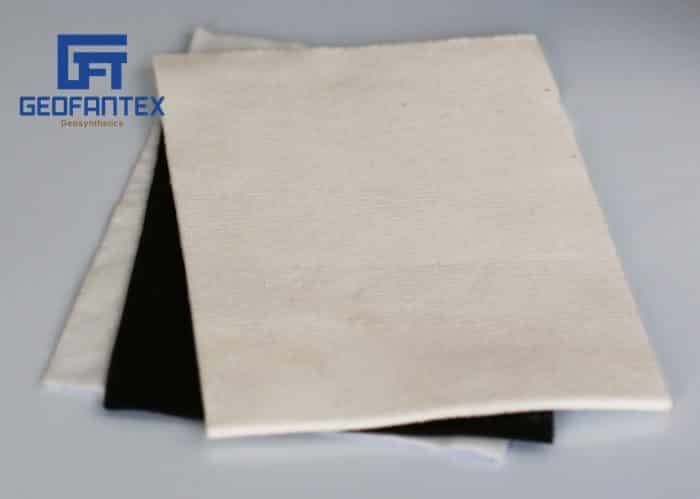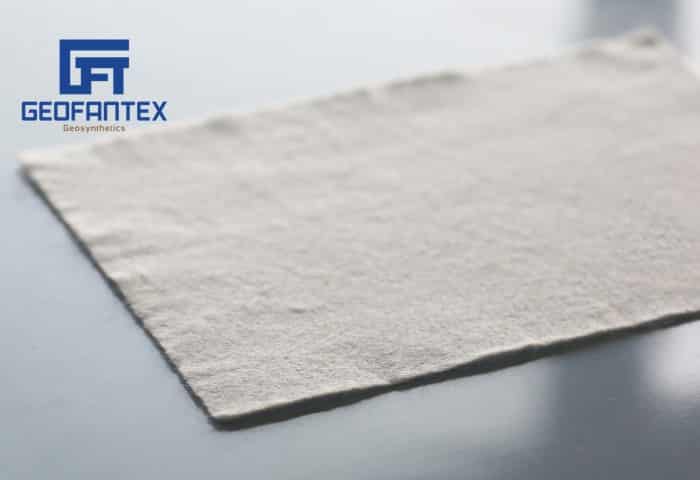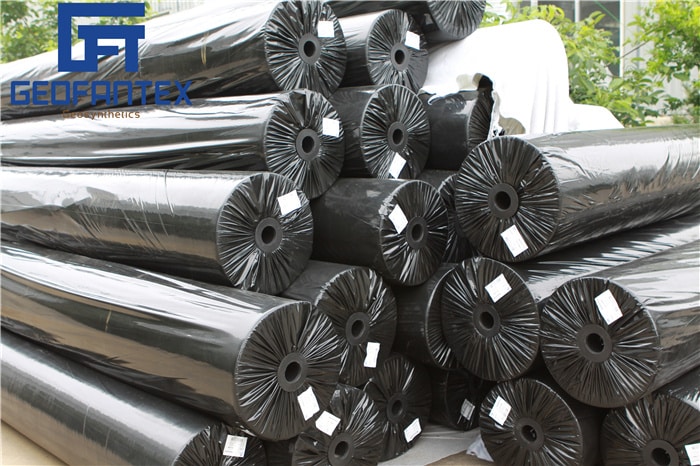+86-159 9860 6917
info@geofantex.com
geofantex@gmail.com
+86-400-8266163-44899
A geosynthetic pond liner is essential for modern water containment applications, offering reliable, cost-effective solutions across industries like agriculture, mining, and wastewater management. As demand for environmental protection grows, the role of geosynthetics—including geosynthetic pond liner systems—becomes even more critical.
What is a Geosynthetic Pond Liner?
A geosynthetic pond liner is a synthetic material, typically made from high-density polyethylene (HDPE), linear low-density polyethylene (LLDPE), or polyvinyl chloride (PVC), used to prevent seepage of liquids into the ground. These liners are engineered for flexibility, durability, and chemical resistance, making them ideal for ponds, reservoirs, and industrial containment basins.
According to Mordor Intelligence, the global geosynthetics market size was valued at USD 14.5 billion in 2023 and is expected to reach USD 21.8 billion by 2028, driven largely by increased environmental regulations and water conservation needs.
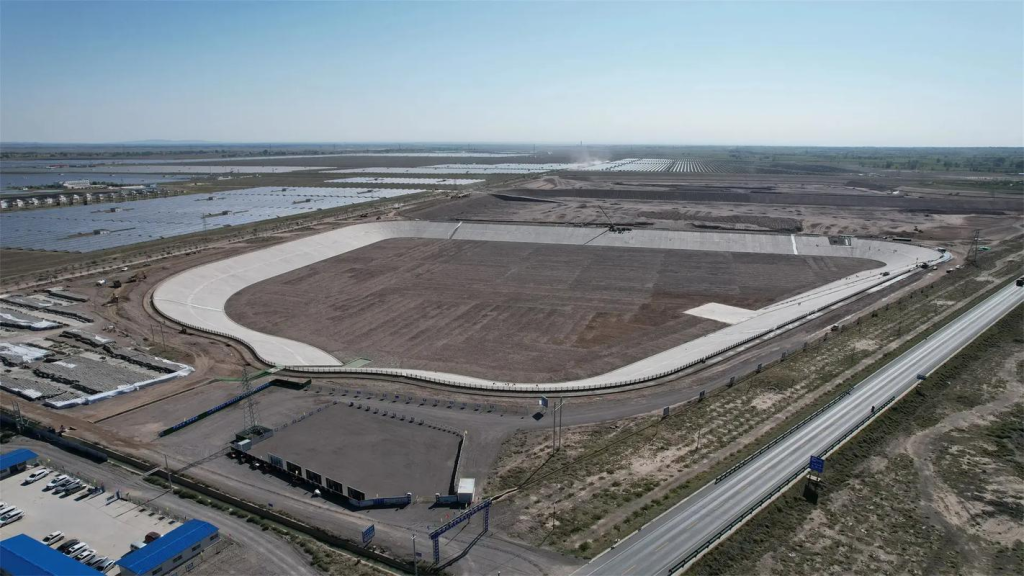
Why Are Geosynthetic Pond Liners Important?
Geosynthetic pond liners provide critical environmental protection by minimizing water loss, preventing soil erosion, and ensuring contaminants do not reach groundwater supplies. In mining, for example, liners are used to contain hazardous leachate, while in agriculture, they help conserve valuable irrigation water.
The International Geosynthetics Society (IGS) highlights that the use of geosynthetics can reduce project costs by up to 30% compared to traditional clay barriers, thanks to easier installation and longer service life.
What Are Key Factors to Consider When Selecting a Geosynthetic Pond Liner?

When choosing a geosynthetic pond liner, key factors include material type, UV resistance, chemical compatibility, thickness, and installation conditions. HDPE liners, for instance, offer excellent chemical resistance but can be less flexible at low temperatures compared to LLDPE liners.
Furthermore, industry data from Grand View Research shows that HDPE liners account for over 40% of the global geomembrane market due to their superior performance in harsh environments.
How Is the Industry Evolving Regarding Geosynthetic Pond Liners?
The industry is witnessing innovations like conductive liners that enable easy leak detection, as well as developments in sustainable materials incorporating recycled polymers. These advancements are being fueled by stricter environmental standards and the need for more efficient water management systems.
With governments worldwide prioritizing water conservation and environmental restoration, demand for geosynthetic pond liner systems is projected to keep rising, ensuring the continued growth of the geosynthetics sector.
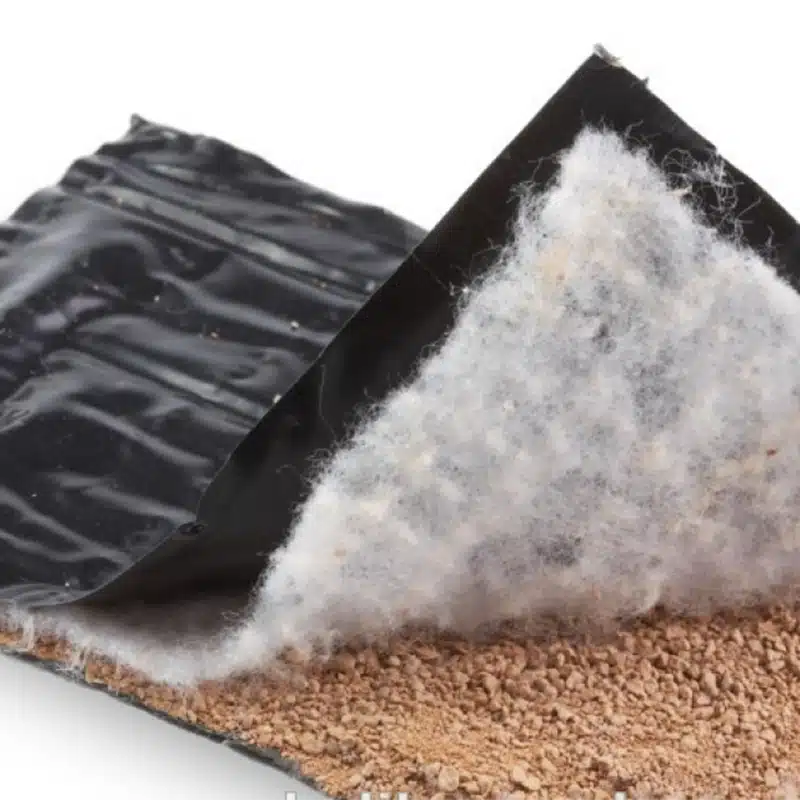
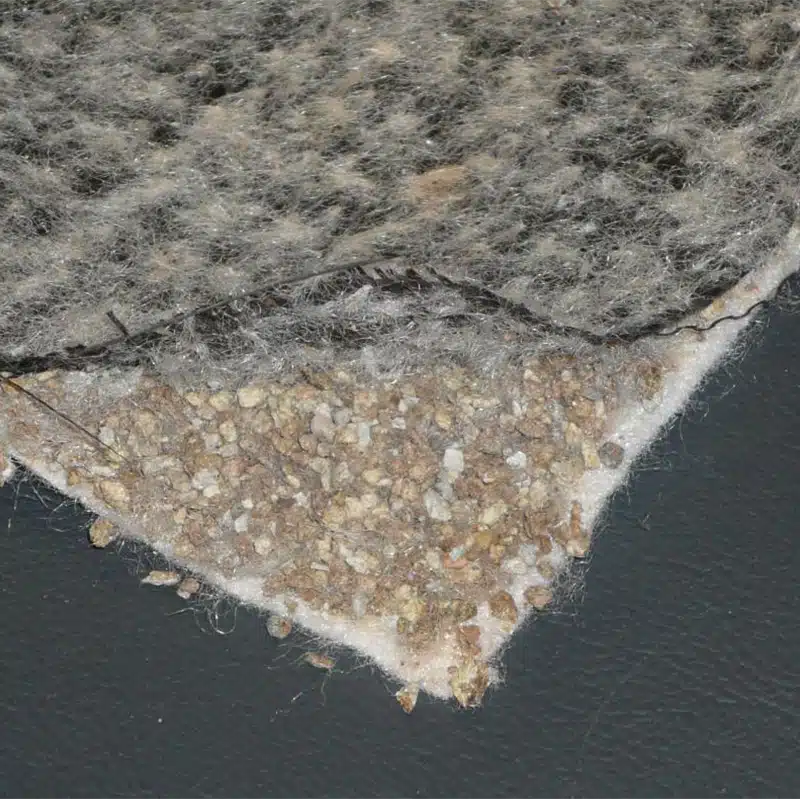
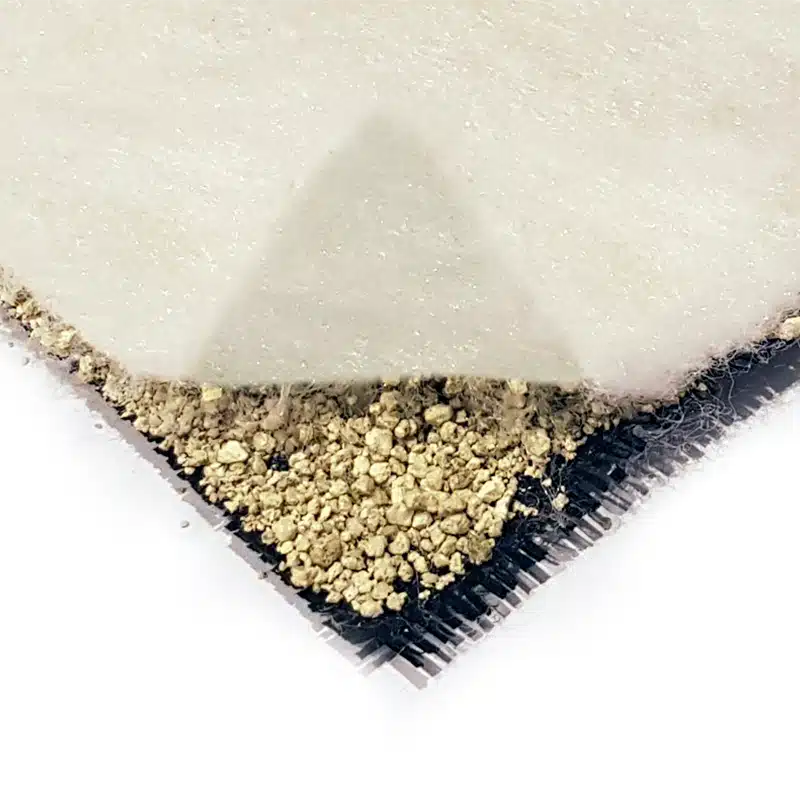
Get Free Sample
We’ll respond as soon as possible(within 12 hours)
